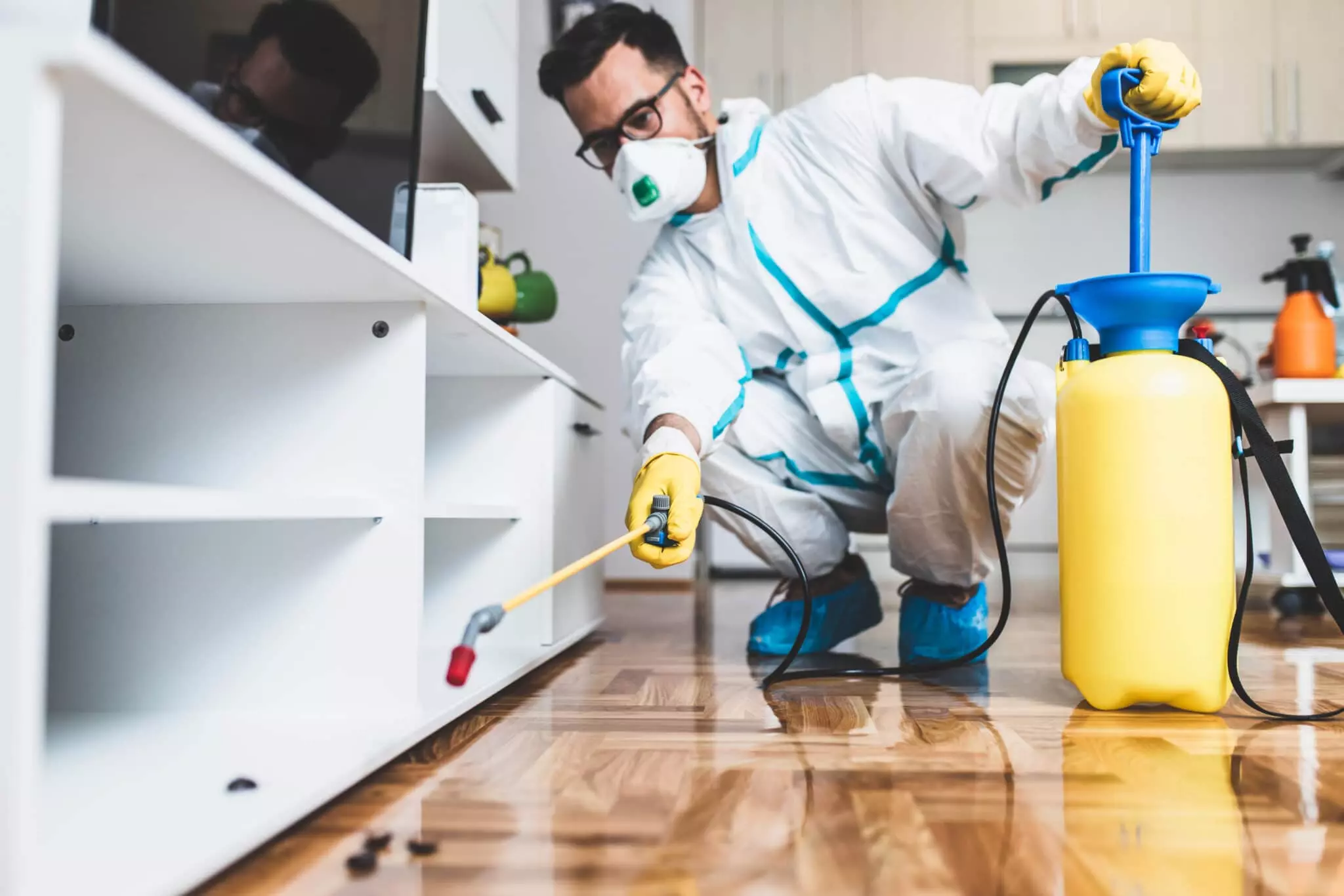Bed Bug Treatment Malfunction: Contrasting Chemical Vs. Non-Chemical Solutions
In the realm of insect control, particularly when handling the consistent concern of bed bugs, the selection in between chemical and non-chemical treatment options can be a crucial one. Both methods use distinct advantages and disadvantages, influencing variables such as effectiveness, safety considerations, and general cost. By taking a look at the nuanced information of each approach, a more clear understanding of which path to seek in addressing a bed bug infestation can be achieved.
Performance of Chemical Therapies
Chemical treatments for bed pest invasions have been extensively identified for their potent and fast efficiency in eradicating these bugs. When thinking about the effectiveness of chemical therapies, it is important to recognize that they can give a quick and thorough service to a bed pest issue.
In addition, chemical treatments have the benefit of providing recurring effects, suggesting that they can remain to eliminate bed pests even after the first application. This residual action is particularly beneficial in combating any type of potential re-infestations. Furthermore, the quick action of chemical therapies can bring alleviation to individuals facing extreme bed bug problems, allowing them to restore control of their home quickly.
Security Worry About Chemical Solutions
When making use of chemical remedies for bed pest therapy is ensuring the safety and security of owners and the setting,One essential facet that requires mindful factor to consider. While chemical therapies can be efficient in removing bed insects, they may position risks if not managed properly. Among the primary safety interest in chemical services is the potential injury they can create to human health and wellness. Exposure to certain chemicals made use of in bed insect therapies can lead to respiratory system concerns, skin inflammation, or other negative responses, especially in people with pre-existing problems or sensitivities. Additionally, incorrect application or dose of chemical pesticides can lead to harmful residues sticking around in the cured area, posturing long-lasting wellness threats to residents.
In addition, the environmental effect of chemical services is one more significant consideration. Some chemicals made use of in bed pest therapies might be dangerous to useful pests, wildlife, and ecological communities if they leach right into the soil or water systems. It is vital to make use of chemical treatments sensibly, complying with safety guidelines, and taking into consideration much less toxic alternatives to alleviate these threats and ensure the risk-free and reliable administration of bed insect problems.
Advantages of Non-Chemical Approaches
Taking into consideration the prospective safety problems and environmental influence connected with chemical solutions for bed pest therapy, checking out non-chemical approaches presents an encouraging alternative with a number of distinct advantages. Non-chemical treatments are environmentally friendly, as they do not add to air or water pollution, making them a lasting option for pest control.
Additionally, non-chemical options can be effective in targeting bed pests, including hard-to-reach locations where chemical treatments might not permeate. Methods such as warm treatment, vacuuming, vapor cleaning, and bed mattress encasements supply complete elimination without making use of dangerous chemicals. Moreover, non-chemical techniques can be much less turbulent, requiring very little prep work and allowing for quicker reentry right into dealt with areas. Generally, choosing non-chemical bed insect therapy methods not only focuses on safety and security and ecological protection however additionally ensures effective and thorough pest control.
Limitations of Non-Chemical Treatments

In addition, non-chemical treatments often need numerous applications to attain how to control pest at home successful elimination. This can be taxing and may not always ensure full removal of all bed bugs and their eggs, especially in covert or hard-to-reach places.
In addition, the success of non-chemical treatments heavily counts on correct execution and thoroughness, which can be testing for individuals without expert experience. Insufficient application of non-chemical approaches might result in insufficient obliteration, leading to persistent infestations and the requirement for added treatments.
Consequently, while non-chemical therapies have their advantages, it is vital to recognize these constraints and consider them when determining one of the most reliable method for handling bed insect invasions.
Expense Comparison: Chemical Vs. Non-Chemical Options
Given the restrictions linked with non-chemical therapies, an important facet to review in the context of bed bug monitoring is the cost contrast in between chemical and non-chemical alternatives. In contrast, non-chemical treatments like warm therapy or vapor can be extra expensive, with expenses varying from $1,000 to $6,000 for a whole home. While the initial cost of chemical therapies might seem lower, several therapies may be called for to totally eliminate the problem, possibly boosting the general price.
Conclusion

Taking into consideration the potential safety worries and ecological impact linked with chemical services for bed insect therapy, discovering non-chemical techniques presents a promising alternative with a number of unique advantages.Offered the limitations linked with non-chemical treatments, a necessary facet to evaluate in the context of bed bug monitoring is the cost comparison between chemical and non-chemical choices. In contrast, non-chemical treatments like warmth treatment or steam can be more expensive, with click for source costs ranging from $1,000 to $6,000 for an entire home. While the preliminary expense of chemical treatments may seem lower, numerous therapies might be called for to totally get rid of the problem, potentially raising the total price.In verdict, when contrasting chemical and non-chemical bed pest treatment options, it is important to consider effectiveness, safety, advantages, limitations, and cost.